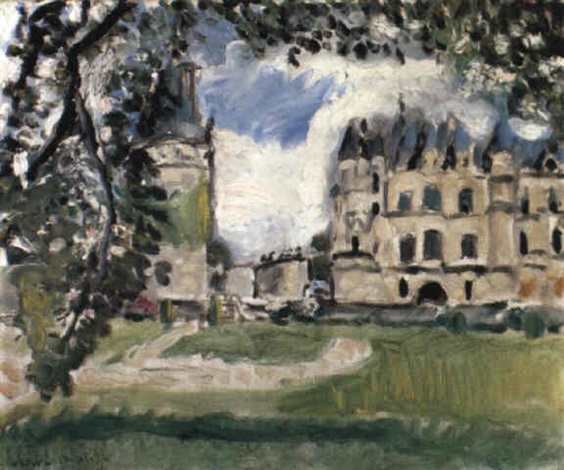A Complete Analysis of “Château de Chenonceaux” by Henri Matisse

Henri Matisse’s “Château de Chenonceaux” (1917) frames the Loire landmark through a canopy of trees and rolling clouds, reducing architecture to rhythmic volumes against a broad green lawn. This in-depth analysis explores composition, color, brushwork, and the painting’s measured 1917 mood, showing how Matisse balances stone, foliage, and weather into a calm, modern image.
















